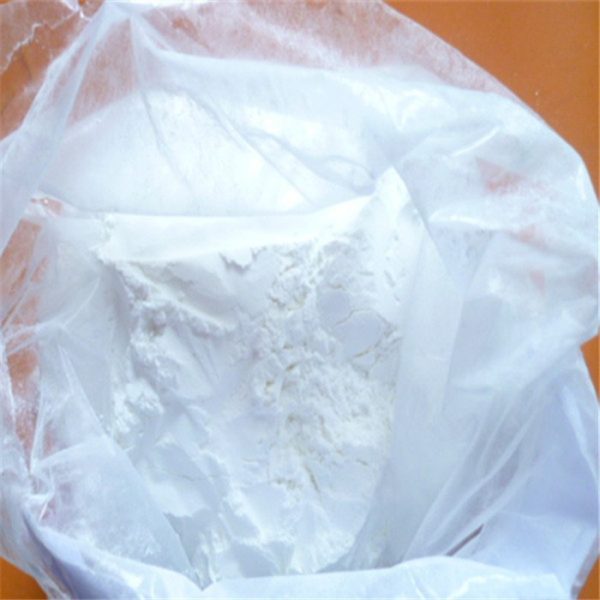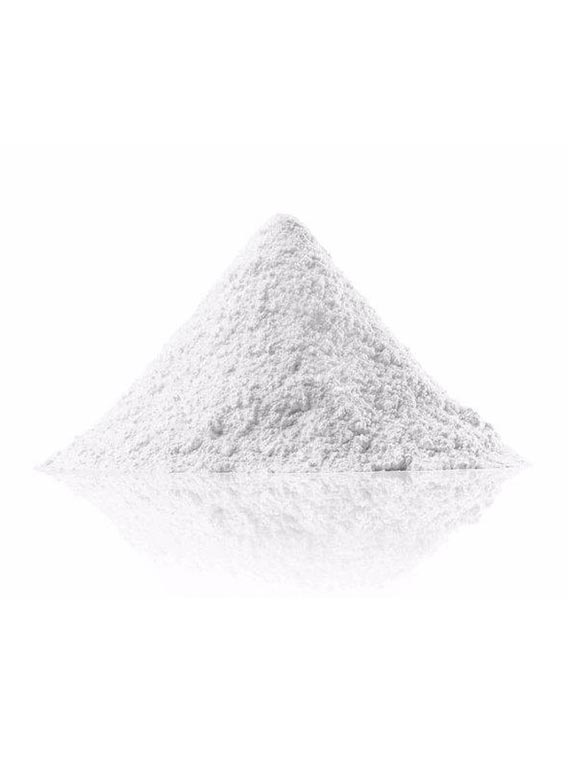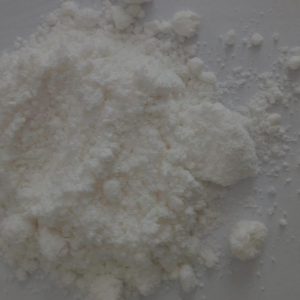DPT (N-Dipropyltryptamine): Comprehensive Overview for Researchers and Enthusiasts
DPT (N-Dipropyltryptamine) is a synthetic tryptamine compound that belongs to the same chemical family as naturally occurring psychedelics such as DMT (N,N-Dimethyltryptamine) and DET (N-Diethyltryptamine). Known for its distinct psychoactive properties, DPT has attracted interest from researchers and psychonauts for decades due to its unique structure, potency, and deep introspective effects. In modern scientific and analytical contexts, DPT is primarily used for research purposes—to better understand the pharmacology, receptor activity, and structure–activity relationship of tryptamine compounds.
What Is DPT (N-Dipropyltryptamine)?
Chemically, DPT is an indoleamine hallucinogen with the molecular formula C16H24N2. Structurally, it closely resembles DMT, differing only in the length of its alkyl side chains. This small variation profoundly alters its pharmacokinetics and subjective effects. DPT was first synthesized in the 1950s by scientists exploring potential psychiatric applications of tryptamines. It later gained recognition through anecdotal reports describing its deeply immersive and spiritual experiences, often referred to as “The Light” or “The DPT Space.”
Unlike DMT, which is known for its short-lived but intense visual experiences, DPT (N-Dipropyltryptamine)’s effects tend to last longer—typically 2 to 4 hours depending on the route of administration and dosage. The compound can be taken orally, intranasally, or via other routes in research contexts, but it is not approved for human consumption. Its unique balance of physical and cognitive effects makes it an intriguing subject for modern psychopharmacological studies.
Chemical Properties and Structure
-
Chemical Name: N,N-Dipropyltryptamine
-
Molecular Formula: C16H24N2
-
Molecular Weight: 244.38 g/mol
-
IUPAC Name: 3-(2-(Dipropylamino)ethyl)indole
-
Chemical Class: Tryptamine, Indole derivative
-
CAS Number: 61-52-9
DPT (N-Dipropyltryptamine) is typically encountered as a white to off-white crystalline powder or sometimes as its hydrochloride salt (DPT HCl), which improves its stability and ease of handling in laboratory settings. It is soluble in ethanol, acetone, and other organic solvents, making it suitable for analytical or spectroscopy-based research applications.
Mechanism of Action for DPT (N-Dipropyltryptamine)
While formal research on DPT (N-Dipropyltryptamine) remains limited, it is believed to act primarily as a serotonin receptor agonist, particularly at the 5-HT2A and 5-HT1A receptor subtypes—similar to other tryptamines. Activation of these receptors is associated with the characteristic psychedelic experience, including perceptual distortions, altered sense of time, and profound introspection. Some studies also suggest mild dopaminergic and adrenergic modulation, which may contribute to the compound’s stimulating and empathogenic qualities.
Reported Effects and Research Findings
From a scientific perspective, DPT’s effects have been described as a blend of the visual intensity of DMT and the emotional depth of psilocybin. Anecdotal research reports and qualitative data highlight several categories of subjective experiences:
-
Sensory Alterations: Enhanced color perception, geometric patterns, and synesthetic experiences.
-
Emotional Amplification: Heightened empathy, spiritual insight, and introspective clarity.
-
Physical Sensations: Mild stimulation, body warmth, or tactile distortions.
-
Ego Dissolution: A feeling of unity, detachment from the self, or transcendental awareness.
It’s important to note that these reports are anecdotal and not medical data. Controlled laboratory studies are required to verify and quantify these effects under standardized conditions.
Potential Applications in Research of DPT (N-Dipropyltryptamine)
DPT has become a focus of interest in several areas of experimental and theoretical research:
-
Neuropharmacology: Understanding serotonin receptor interactions and the neurochemical basis of consciousness.
-
Psychology: Studying altered states, cognition, and spiritual experiences.
-
Analytical Chemistry: Developing detection methods and stability testing for tryptamine analogs.
-
Structure–Activity Relationship (SAR) Studies: Exploring how molecular substitutions affect potency, duration, and receptor affinity.
Because of its structural similarity to endogenous compounds like serotonin and melatonin, DPT continues to be a valuable reference compound for pharmacological comparison in receptor-binding studies.
Safety, Legality, and Handling
DPT is a research chemical, not approved for medical, therapeutic, or recreational use. Its legal status varies by jurisdiction. In some countries, it may be classified as a controlled substance, while in others it remains unregulated but subject to analogue laws. Researchers and laboratories must ensure full compliance with local and international regulations before acquiring or handling this compound.
In the laboratory, DPT should be handled with appropriate protective equipment, including gloves, goggles, and a fume hood. As with all psychoactive research materials, storage should be in a cool, dry, and secure environment away from light and moisture to preserve chemical integrity.
Why Researchers Choose DPT (N-Dipropyltryptamine)
-
Unique Pharmacological Profile – Offers a distinct receptor activity pattern for comparative studies.
-
Structural Versatility – Serves as a reference molecule for developing new tryptamine analogs.
-
High Purity Standards – Available in analytical-grade form suitable for spectroscopy or chromatography.
-
Expanding Research Frontiers – Enables exploration into neurochemistry, consciousness, and psychopharmacology.
Final Thoughts
DPT (N-Dipropyltryptamine) remains one of the most fascinating and mysterious tryptamines within modern psychedelic research. Its combination of intensity, emotional depth, and duration has earned it a special place among both scientists and explorers of consciousness. For laboratories and academic researchers, DPT provides a valuable opportunity to investigate the molecular mechanisms underlying psychedelic experiences and the human brain’s interaction with indoleamine compounds.






Glopez –
Excellent , delivered on time. This is my 2nd time using the DPT . I will recommend Research chemsupplier.